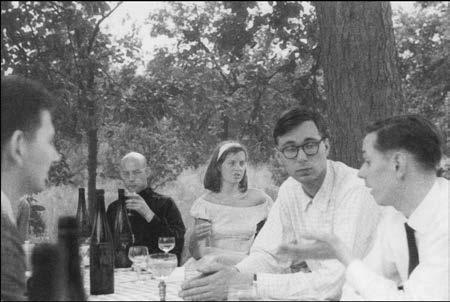by John Milnor
In 1955–56 Fritz and I were fellow assistant professors at Princeton. I don’t believe that I really got to know him that year. However, I was certainly very much impressed by his mathematics. His Neue topologische Methoden in der algebraischen Geometrie had just appeared and was extremely exciting.

This was a time when many radically new ideas were beginning to completely transform the field of topology. Both Norman Steenrod’s theory of cohomology operations and Jean-Pierre Serre’s thesis, which brought the previously intractable study of homotopy groups under control, provided powerful new algebraic tools for studying homotopy theory. René Thom’s ingenious geometric arguments exploited the work of both Serre and Steenrod to provide a completely new way of studying smooth manifolds. Hirzebruch’s book added a whole new dimension, grounded in algebraic geometry and the study of complex manifolds. His theory of multiplicative sequences provided an important complement to Thom’s work. For the first time, this brought Bernoulli numbers into topology, where they are related not only to groups of differentiable spheres but also to stable homotopy groups of spheres and the Adams conjecture.
I certainly got to know Hirzebruch well in the following years. He jumped from an assistant professorship in Princeton to a full professorship in Bonn and almost immediately established the annual Arbeitstagung, a true stroke of genius: It provided an annual get-together for mathematicians from all over Europe and from the US who wanted to follow the latest developments in topology and geometry. The relaxed atmosphere and low-keyed organization were a marvel of benevolently supervised democracy. The annual excursion on the Rhine provided a special opportunity for interaction. Visits to Bonn in the following years were always a pleasure, and Fritz and Inge’s hospitality was much appreciated.